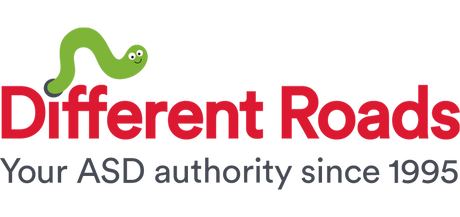Creating a successful behavior intervention is more challenging than it first appears. Below, I’ve listed four essential parts for changing maladaptive behaviors and increasing desired behaviors. Most of the time, when a behavior intervention is not working, one or more of these steps has been neglected.
1. Find a BCBA or ABA provider who can guide you through the process. Getting help from someone with experience in addressing challenging behaviors is an essential first step. They should be a wealth of information about each of the following steps, provide check-ins and troubleshooting during the intervention process, and maintain data on the behavior to ensure the intervention is working.
2. Identify the function of the behavior. There are four reasons that any of us behave: attention, escape/avoidance, access to a tangible (such as chips or a toy train), and automatic reinforcement (meaning physical sensations that are not related to social interactions, including sound, taste, touch, or a response to movement). A BCBA can be especially useful in helping to identify the function of the behavior. They may utilize an ABC chart to determine the function, which means they observe the behavior and note its antecedent, what the behavior looks like, and the immediate consequence. If the ABC chart is not helpful, they may perform a more formal Functional Analysis. Before any intervention is put in place, all parties interacting with the child should understand the function (or reason) for the problematic behavior.
3. Provide a replacement behavior. As a part of the intervention, a replacement behavior should be provided. A BCBA or ABA provider should be able to help you find appropriate replacement behaviors for the problematic behavior. For example, with one student who was chewing his shirt, we introduced a replacement behavior of chewing gum. With another student who was throwing his iPad, we used tape to put an “X” on his desk and taught him to place it on the “X.” The idea is to provide an appropriate behavior that is incompatible with the problematic behavior. But that’s not always possible. For example, one of my former students was banging her head on the table during instruction. We taught her to request a break by touching a picture of a stop sign. Realistically, she was able to bang her head while simultaneously touching the stop sign, but once she learned that she got to escape the activity by touching the stop sign, she stopped banging her head in order to escape. It’s important to note that using the stop sign wouldn’t work for all head-banging behavior, but we had identified the function of the behavior and were able to introduce a replacement behavior that served the same function while meeting the skill level and needs of that individual student.
4. Provide reinforcement for appropriate behavior. A specific plan for providing reinforcement for use of a replacement behavior and any other desired behaviors is essential. The reinforcement for the appropriate replacement behavior should serve the same function as the problematic behavior. This can sometimes be difficult to achieve, but without this aspect of the intervention, you may see slow success or no success at all.
Again, creating a multi-pronged intervention can be a challenge. It’s important to seek out help and to take a look at research related to the problem behavior you are trying to address. It is possible to create a strong intervention that has a huge impact on your learner, but it must include the aspects listed above to have the highest potential for success.
Sam Blanco, PhD, LBA, BCBA is an ABA provider for students ages 3-15 in NYC. Working in education for sixteen years with students with Autism Spectrum Disorders and other developmental delays, Sam utilizes strategies for achieving a multitude of academic, behavior, and social goals. She is also an assistant professor in the ABA program at The Sage Colleges, and she is the Senior Clinical Strategist at Chorus Software Solutions
